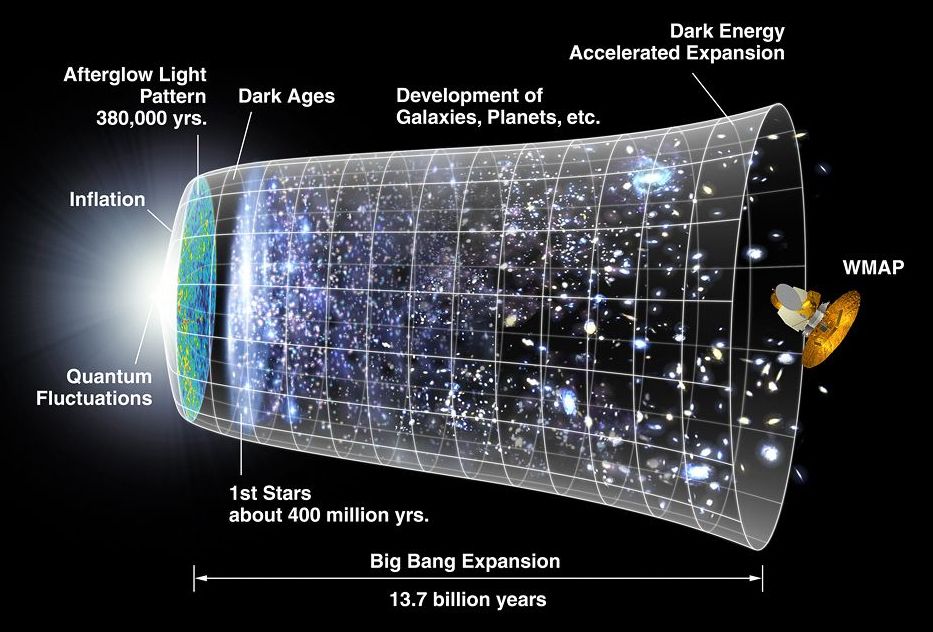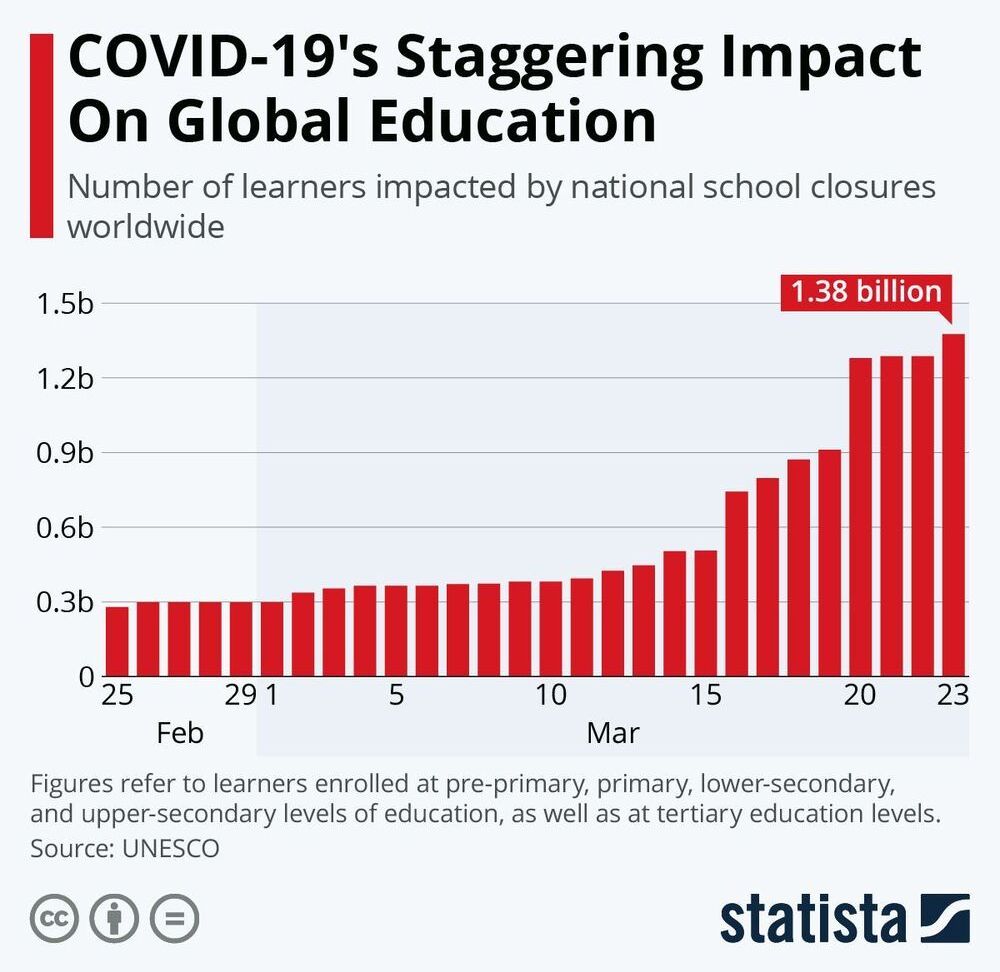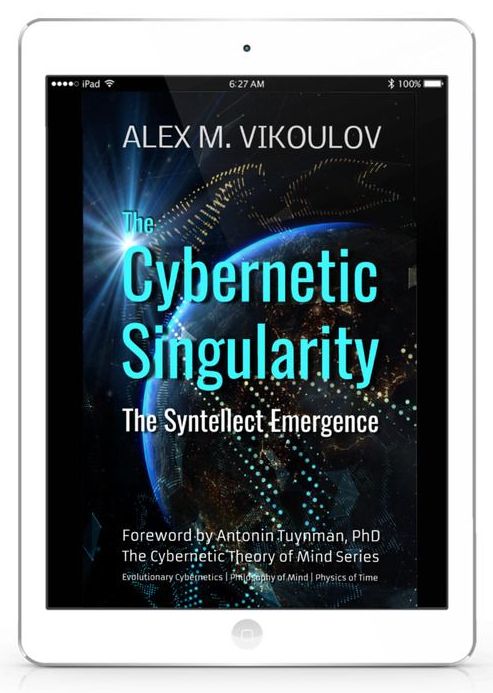Circa 2012 o.o
“Repulsive gravity”—a powerful repulsion between matter and antimatter—could explain the force known as dark energy, a new theory claims.

Circa 2012
(PhysOrg.com) — During the past few years, CERN physicist Dragan Hajdukovic has been investigating what he thinks may be a widely overlooked part of the cosmos: the quantum vacuum. He suggests that the quantum vacuum has a gravitational charge stemming from the gravitational repulsion of virtual particles and antiparticles. Previously, he has theoretically shown that this repulsive gravity can explain several observations, including effects usually attributed to dark matter. Additionally, this additional gravity suggests that we live in a cyclic Universe (with no Big Bang) and may provide insight into the nature of black holes and an estimate of the neutrino mass. In his most recent paper, published in Astrophysics and Space Science, he shows that the quantum vacuum could explain one more observation: the Universe’s accelerating expansion, without the need for dark energy.
“The quantum vacuum was predicted theoretically more than 60 years ago,” Hajdukovic told PhysOrg.com. “Today, there is significant experimental evidence that the quantum vacuum exists. I have decided to combine one reality (the quantum vacuum) with one hypothesis (the negative gravitational charge of antiparticles) and to study the consequences. The hypothesis of the gravitational repulsion between matter and antimatter is older than half a century, but before me no one has used it in the combination with the quantum vacuum. … The results are surprising; there is potential to explain [the Universe’s accelerating expansion] in the framework of the quantum vacuum enriched with the gravitational repulsion between matter and antimatter.”
According to Hajdukovic, gravity in the quantum vacuum arises from the gravitational repulsion between the positive gravitational charge of matter and the (hypothetical) negative gravitational charge of antimatter. While matter and antimatter are gravitationally self-attractive, they are mutually repulsive. (This part is similar to Massimo Villata’s theory from part 1, in which negatively charged antimatter exists in voids rather than in the quantum vacuum.) Although the quantum vacuum does not contain real matter and antimatter, short-lived virtual particles and virtual antiparticles could momentarily appear and form pairs, becoming gravitational dipoles.

It looks like virtual education(which is happening more now) is actually preparing students for the workplace of the future.
That said, there may be a silver lining to virtual classrooms and distance learning, which many universities and schools this academic year are defaulting to, in various degrees, due to the coronavirus. As students and teachers may have to compensate for logistic challenges, collaborating online might prepare high school students with the kind of organizational acumen, emotional intelligence and self-discipline needed for modern careers, particularly those that allow for the growing trend of working in remote, distributed teams. The sooner that students master those proficiencies, the better off they’ll be when they reach the job market.


You are an apogee of Earthly Nature encompassing numerous generations of humans as well as preceded non-human terrestrial life, sitting atop the tree of life… and so is everyone else who lives today. We all can be regarded as archetypes for future generations as well, or perhaps a “developing pattern,” if you intend to live indefinitely long. At any rate, genetically and anthropologically speaking, we all are one humongous extended family. #Timescape #HomoSapiens #ExponentialPedigree
This demographic research provides a host of quantifiable properties of the human species as a whole for further visualizing the data via certain graphs and diagrams. 5 trillion subjective years would constitute the ‘Timescape’ of Homo sapiens up to the p.




DART is a planetary defense-driven test of technologies for preventing an impact of Earth by a hazardous asteroid. DART will be the first demonstration of the kinetic impactor technique to change the motion of an asteroid in space. The DART mission is in Phase C, led by APL and managed under NASA’s Solar System Exploration Program at Marshall Space Flight Center for NASA’s Planetary Defense Coordination Office and the Science Mission Directorate’s Planetary Science Division at NASA Headquarters in Washington, DC.
NASA brings you images, videos and features from the unique perspective of America’s space agency. Get updates on missions, watch NASA TV, read blogs, view the latest discoveries, and more.

A 75-year-old man from Northern Israel died of a heart attack about two hours after being vaccinated against the novel coronavirus, the Health Ministry has confirmed. The man had pre-existing conditions and had suffered from heart attacks in the past, the ministry said. Health Ministry director-general Chezy Levy has launched an investigation into the incident. “We share in the grief of the family,” Levy said in a statement. The man was inoculated at around 8:30 a.m. at a Clalit clinic. He stayed at the facility, as is customary, for a short period of time to ensure he had no side effects. When he felt well, the clinic released him. Levy noted that the initial findings do not show a link between the man’s death and his vaccination. Recall that when Pfizer presented its safety data to the US Food and Drug Administration back in early December, it was found that two trial participants had died after receiving the vaccine.
A 75-year-old man from Beit She’an died of a heart attack about two hours after being vaccinated against the novel coronavirus on Monday morning, the Health Ministry reported. The man had preexisting conditions and had suffered from heart attacks in the past, it said. Health Ministry director-general Chezy Levy has launched an investigation into the incident. “We share in the grief of the family,” he said in a statement. The man was inoculated at around 8:30 a.m. at a Clalit Health Services clinic. He stayed at the facility, as is customary, for a short period of time to ensure he had no side effects. When he felt well, the clinic released him. The initial findings do not show a link between the man’s death and his vaccination, Levy said. When Pfizer presented its safety data to the US Food and Drug Administration in early December, it was found that two trial participants had died after receiving the vaccine. One of the deceased was immunocompromised, meaning the person’s immune defenses were low. In response to the report of those deaths, Israel’s Midaat Association said when vaccines are administered to at-risk populations, “there may be unfortunate cases. One should not infer from this about the safety of the vaccine, but welcome the transparency required from the pharma companies in the drug approval process.”